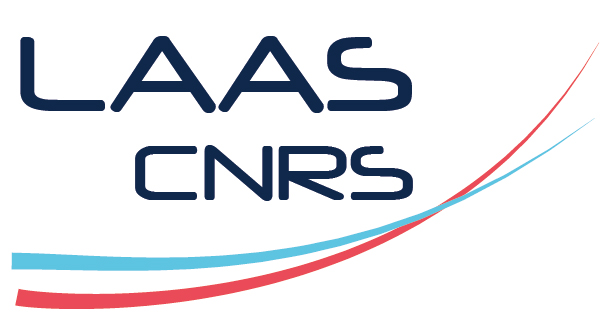Geofeeds: Revolutionizing IP Geolocation or Illusionary Promises?
Résumé
Despite more than twenty years of efforts, the research community is still looking for a publicly available Internet-scale IP geolocation dataset with an explainable methodology. Recently, a new hope has appeared, with the emergence of geofeeds. Geofeeds are a self published IP geolocation dataset where operators give the geolocation of their IP addresses, with the underlying idea being that other network providers can tune their services to better serve the IP address depending on its geolocation. In this paper, we analyze whether the hope of finally obtaining the golden geolocation dataset is a real possibility or a mirage. Two years after the standardization of geofeeds, we look at how they are adopted by operators, and what is their accuracy, and how wecan use them for operational and research scenarios. First, geofeeds are in the early adoption process with 1.50% and 0.70% of the allocated IPv4 and IPv6 prefixes covering the geofeed prefixes. Second, even if we cannot use geofeeds as ground truth as we found 0.9%, 4.0%, and 8.5% of the client, router, and server IP addresses with an erroneous geofeed, most of them look correct and provide at least a geolocation hint for building an internet scale IP geolocation dataset. Finally, we provide some recommendations on how to use geofeeds and how we could improve the format and the process of sharing geofeeds to improve their quality.

